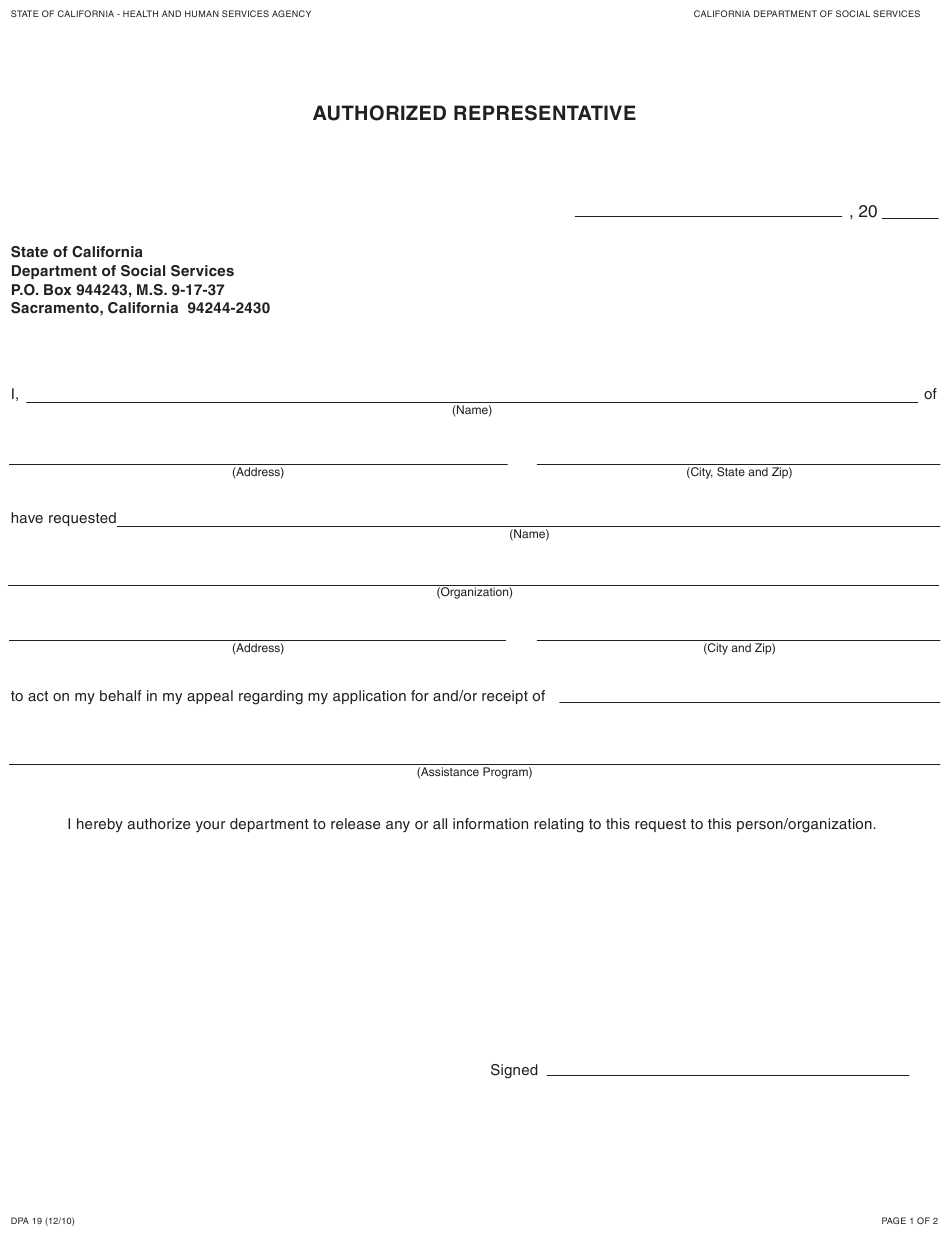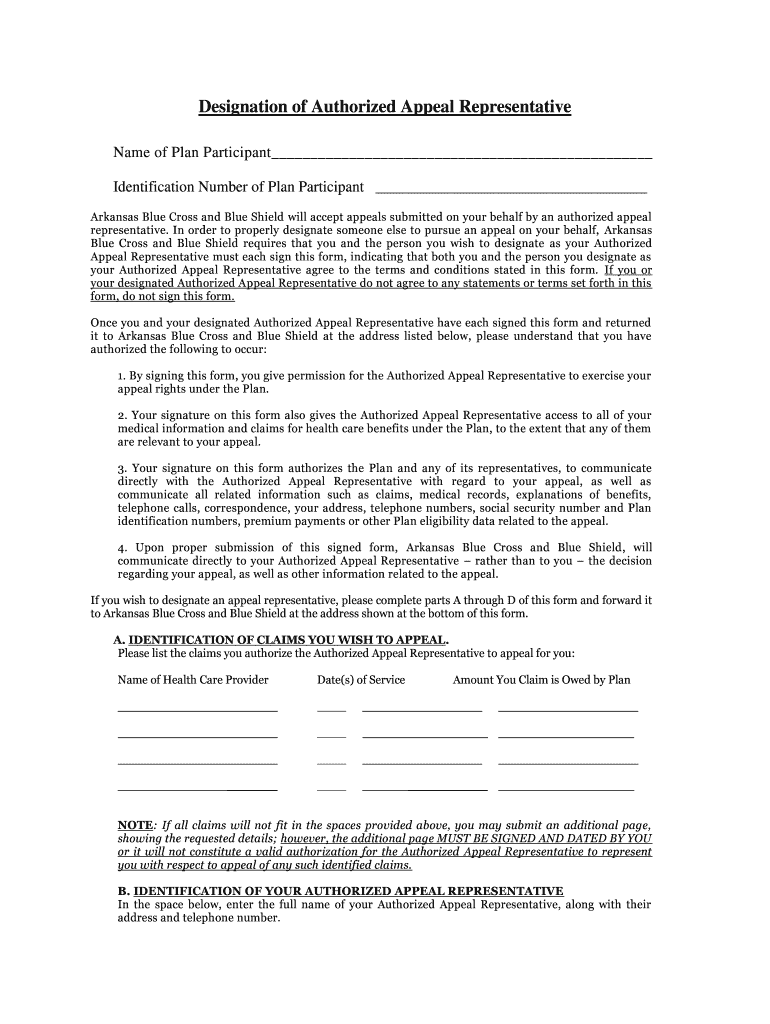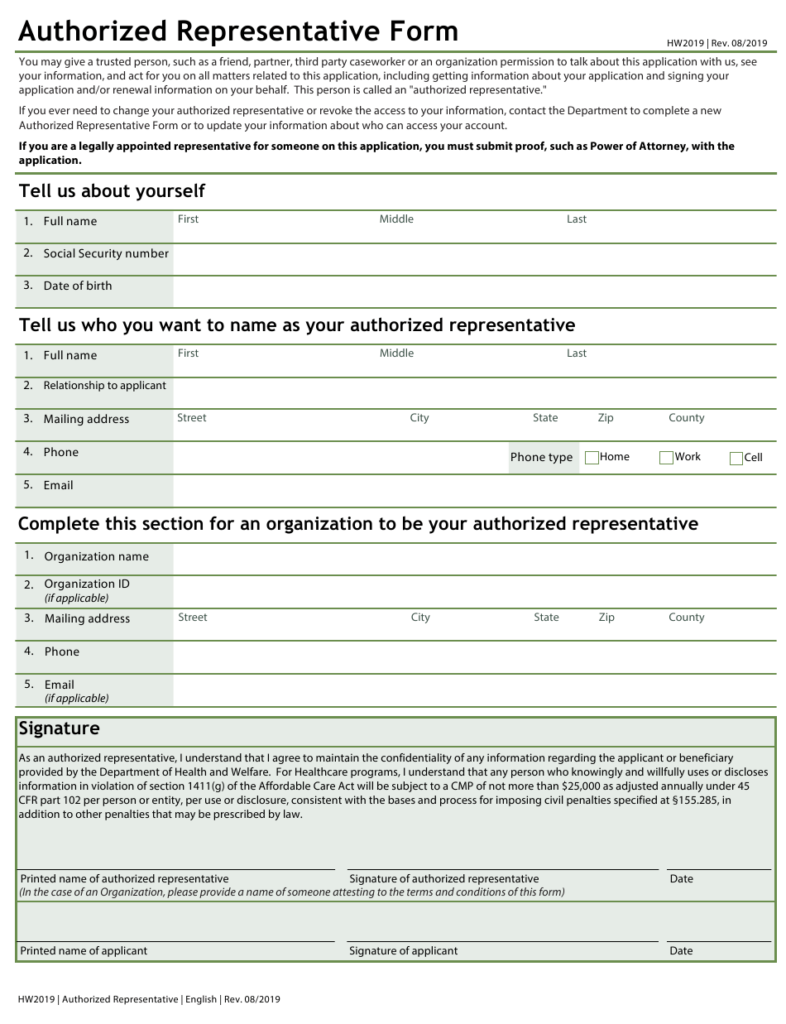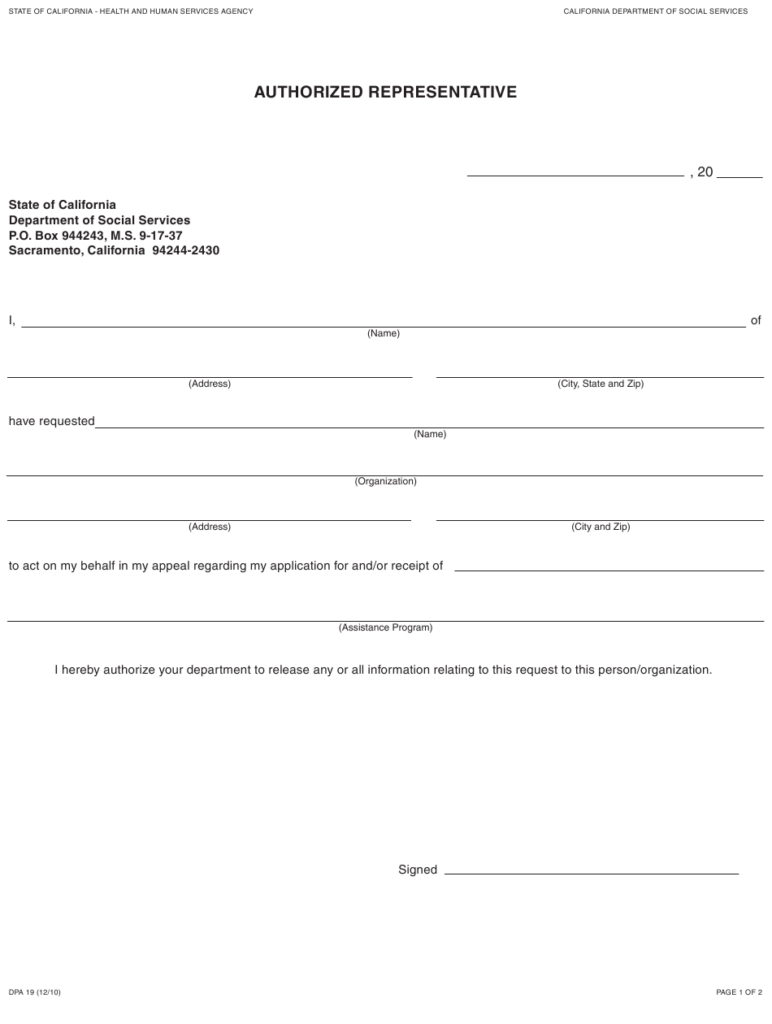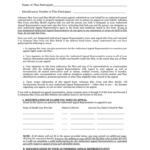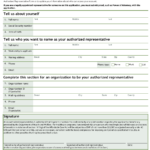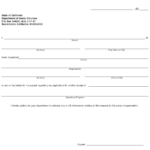Legal Authorized Representative Form – A legally binding authorization form gives authorization for certain actions, including gaining access to personal data and medical treatment, or for financial transactions. It’s essential to draft an English authorization form that is simple and understandable so that everyone understands their rights.
Authorization forms What are they and why are they needed?
Forms of authorization are crucial in protecting privacy and the rights of people. These forms can be used to seek the permission of the person giving authorization and also to establish an understanding between all parties. When you create a well-crafted authorization forms, it is feasible to prevent legal disputes.
Data Protection and Legal Requirements
It is crucial to adhere to all legal requirements that apply when you create the authorization form. This includes laws on data protection. Legal requirements could differ from one state to another, which is why you must consult an attorney to ensure that your form is compliant with all legal standards. A data protection program will protect the privacy of everyone that are involved.
Best Practices for creating Forms for Authorization Form
- Use concise and easy language: Make the authorization form easy to comprehend with a simple and easy language.
- Specify purpose: State clearly the reason for the authorization, and avoid using general terms.
- Limit scope: Define the extent of authorization as well as any restrictions.
- Add a clause for revocation: Give the grantor the right to cancel the authorization at any time.
- A signature request is required. Ensure that the form has a space to allow the signer’s signature to be a confirmation of their consent.
Design An Authorization Form Step-by-Step guide
- Start with an
Utilizing a template form can in reducing time and make sure that all the necessary components are included in the form. Search for a reliable source of authorization form templates. Select a template that corresponds to the type of authorization you require. Then, adjust it to suit your needs.
- Provide information about your company or business
Include the name of your business and address, as well as the phone number, and email at the top of the form. This will allow the form to be considered an official document and helps to identify those involved.
- Give a clear and precise justification for the authorization
The reason for the authorization must be clear and should include the specific actions and obligations. If the form is a medical authorization, for instance it is important to specify the procedure and treatment that is to be legally authorized.
- Set the authorization timeframe
Set a date for the start and a date for the end or an event that triggers the expiration. A clearly defined timeframe safeguards the rights of grantors and prevents authorizations from being extended.
- Outline the scope and restrictions of authorization
The scope of the authorization, as well as any restrictions or limitations that apply to the actions authorized. When the form is intended for financial transactions, it is possible to specify the maximum amount or the types of transactions allowed.
- Include a revocation clause
The grantor should be given instructions to withdraw the authorization at any time. This could mean sending an unwritten request to the grantor, or complete an additional revocation form.
- Gathering information regarding the grantor
Please ask the person giving the authorization to provide their complete name and address as along with contact information. These details help confirm the identity of the grantor, and also give a means to reach them if there are any concerns.
- Create a space in where you can place the date of grant and signature
Include a space to allow the grantor’s signature as well as a date to verify their consent to the authorization. Make sure to clearly identify the area for signature and include an affirmation that confirms the grantor’s comprehension of the contents of the form as well as their consent.
- Incorporate any witnesses required or notary sections
If your jurisdiction requires a notary or witness public to sign the form, you must include appropriate sections for their signatures and other information. Contact legal counsel to determine if this step is necessary for your specific type of authorization form.
Conclusion
To ensure the rights of both parties as well as their privacy, it is essential to make an authorization form that is well-structured in English and in compliance with all applicable laws. If you follow the rules and best practices set out in this document you can design a strong authorization form. It will fulfill its function and stand up to legal examination. Check with your lawyer to make sure that the form you create conforms to all legal requirements.
